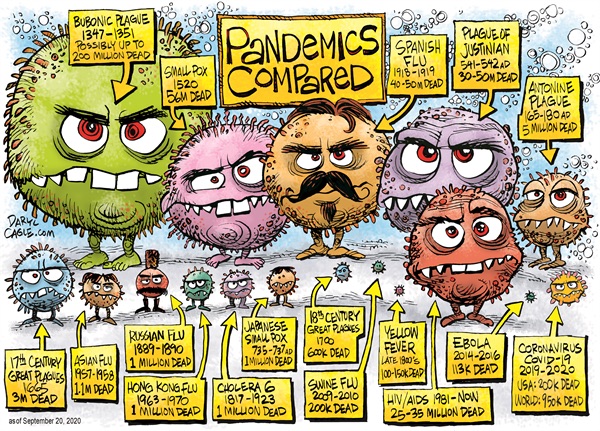Why Is Testing Important?
The Key to Getting to Zero New HIV/AIDS Infections

The COVID-19 pandemic has many parallels with the HIV/AIDS epidemic, parallels worth recounting during October, which is AIDS Awareness Month.
Since the first known cases of HIV (human immunodeficiency virus) in 1981, we have developed reliable HIV testing, combination drug therapies for treatment of infections, and new drug prevention methods. Unfortunately, due to the changing nature of the HIV virus, a vaccine is still not available.
With all the advances 39 years after the first cases appeared, people are still contracting and dying from AIDS, or acquired immunodeficiency syndrome. The most recent statistics available — for 2019 — show preliminary numbers of 35 new HIV/AIDS infections in Santa Barbara County and 56 in Ventura County. (Death statistics for 2019 aren’t yet available.)

Why is this still happening after all these years? Just like the current COVID-19 pandemic, testing is the key to knowing who has HIV. If everyone were tested and those testing positive for HIV/AIDS were given treatment, their viral load could be reduced, which in turn means they would not infect others. Sexually active people in high-risk communities could be given preventive medication.
AIDS-related deaths are predominantly people who didn’t know they were infected until it was too late for drug therapies to be effective.
Like COVID-19, contact tracing is one of the keys in stopping the HIV virus. Both Ventura and Santa Barbara counties have extensive contact-tracing programs. The majority of HIV/AIDS testing is done with the patient being proactive about wanting to know their status. When someone tests positive for HIV/AIDS, that person’s contacts will be notified and encouraged to get tested.
New Testing Protocol
With HIV/AIDS in our community for 39 years and 91 people in the Gold Coast newly infected last year, both Ventura and Santa Barbara counties’ health departments realized that their model of education and prevention needed to change. Recently, both counties worked with local hospital emergency rooms and health clinics to make testing “opt-out” when bloodwork is done.
In other words, a patient will automatically be tested for HIV unless they specify they do not want to be tested. Many area hospitals and clinics have agreed to this policy.
But until all hospitals, clinics, and private practices test for HIV/AIDS during both emergency and routine bloodwork — until contact tracing procedures are followed after a positive HIV/AIDS test — infections will still occur. After nearly four decades, we now have the tools for prevention and treatment against new infections and death.
Quilt Project Gold Coast was formed to remember those lost to the disease by making AIDS Memorial Quilts, and to raise awareness that HIV/AIDS is still in the Gold Coast counties of Santa Barbara and Ventura. This year, we are increasing our awareness campaigns through public service announcements; our speakers’ bureau; displays at colleges, churches, and other public spaces; and through education. We want our community to know that testing and prevention are key to getting to the goal of zero new infections.
Keith Coffman-Grey is president of the Quilt Project Gold Coast.




You must be logged in to post a comment.